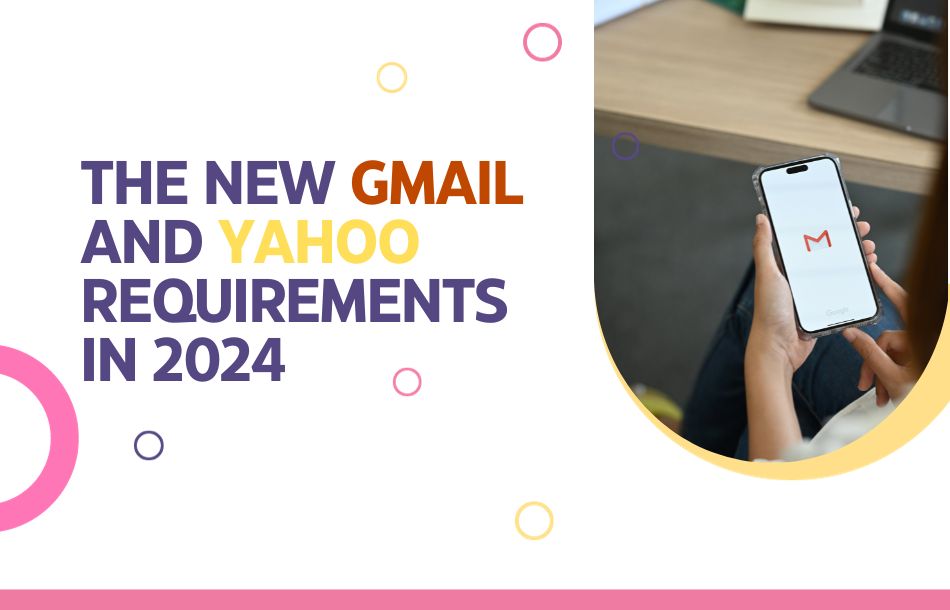
As an email marketer, it's crucial to stay ahead of the curve, especially with major email service providers like Gmail and Yahoo Mail introducing new requirements. By February 2024, these changes will significantly impact how bulk email senders operate, and that's where Mailerever steps in to ensure you're not just compliant, but also thriving in these evolving digital landscapes.
Understanding the Shift:
Gmail and Yahoo are rolling out new protections aimed at creating safer and less cluttered inboxes. This move affects all bulk email senders, irrespective of the platform they use. The crux of this change revolves around the use of professional email addresses and authentication methods, ensuring only legitimate and well-intended emails make their way into inboxes.
Adapting to Change with Mailerever's Three-Step Checklist
Here's the scoop: Gmail and Yahoo are setting the bar high to ensure that emails are sent from genuine sources. The key point? You can't send bulk emails from a Gmail or Yahoo address unless you're using their specific email clients. This rule isn't just for Mailerever users; it applies to all bulk senders, regardless of your platform. Ignoring these guidelines? Well, that's a one-way ticket to Spamville post-February 2024.
To avoid any interruption in your email campaigns, here's a simple three-step checklist to get you compliant by February 1, 2024:
1. Professional Email Address with a Custom Domain:
The Requirement: Your email must include a custom domain.
The Shift: Transition from generic addresses like '
The Rationale: Personal email addresses are typically for casual communications. For business newsletters or promotional content, a custom domain email address not only looks more professional but also builds trust with your audience.
2. Email Authentication with Custom DKIM:
The Requirement: Connect your domain to Mailerever for custom DKIM signing.
The Process: Custom DKIM (DomainKeys Identified Mail) acts as a digital signature that verifies the email's origin and ensures its content remains unaltered during transit.
The Benefit: This authentication process adds a layer of security, enhancing your email’s credibility and improving deliverability rates.
3. Implementation of a DMARC Policy:
The Requirement: Publish a DMARC (Domain-based Message Authentication, Reporting, and Conformance) Policy for your domain.
The Strategy: Choose a policy level – None, Quarantine, or Reject – and publish it as a DNS record.
The Advantage: DMARC safeguards your brand’s reputation by preventing email spoofing. It ensures that only authenticated emails are delivered, thereby protecting your brand and subscribers from fraudulent activities.
Additional Considerations:
Maintaining Low Spam Complaints: Aim for a spam complaint rate below 0.1%. Achieve this by engaging with an audience that values your content and expects your emails.
Streamlined Unsubscription Process: Mailerever ensures easy unsubscribe options are embedded in your emails. This not only complies with best practices but also respects your subscribers' choices, ultimately leading to a more engaged audience.
Final Thoughts: As we approach the February 2024 deadline, it's imperative to start implementing these changes. Begin with upgrading to a professional email address, then follow through with the necessary authentication and policy setups.
Mailerever is dedicated to guiding you through these updates. We understand the nuances of email marketing and are committed to helping you navigate these changes seamlessly. By staying compliant and ahead of these requirements, you’re not just avoiding the spam folder, but also enhancing the overall quality and effectiveness of your email marketing campaigns.



